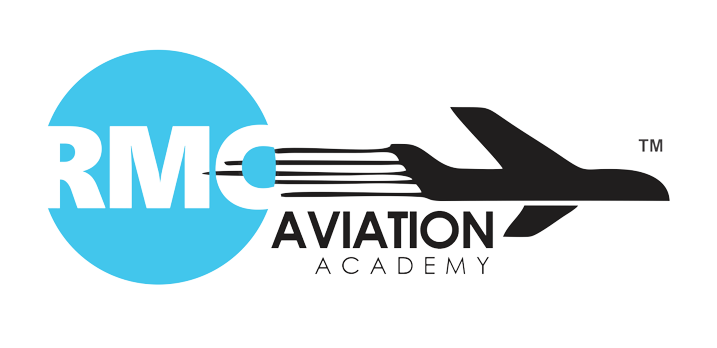Introduction
A Commercial Pilot License (CPL) in India is a professional license that allows a pilot to fly for hire or reward. It is a requirement for pilots who wish to fly as a commercial pilot for an airline, charter company, or other commercial operation. The CPL is issued by the Directorate General of Civil Aviation (DGCA), the regulatory body for civil aviation in India.
With a CPL, a pilot can fly as a commercial pilot for an airline, charter company, or other commercial operation. The process of obtaining a CPL requires extensive training, both in the classroom and in the air, as well as passing various exams and medical evaluations. The CPL is a highly sought-after and respected qualification in the aviation industry and can lead to many exciting and rewarding career opportunities.
In this article, we will discuss the commercial pilot license in India, including the qualifications, duration, and cost of the course, as well as the skills required and career prospects.
Commercial Pilot License Course Qualification in India
To qualify for a Commercial Pilot License (CPL) course in India, the following criteria must be met:
- .Must be at least 17 years of age at the time of commencing training
- Must have passed 10+2 or equivalent examination with Physics and Mathematics as subjects with a minimum of 50% aggregate marks
- Must have a valid Student Pilot License (SPL)
- Must have a minimum of 40 hours of flying experience, including at least 20 hours of solo flying
- Must pass a Class I Medical Examination conducted by the Director General of Civil Aviation (DGCA)
- Must pass a written examination and an oral examination conducted by the DGCA
- Additionally, candidates must meet the English language proficiency requirements as defined by the DGCA.
It is important to note that these criteria are subject to change and it is always best to check with the DGCA for the most up-to-date information.
Commercial Pilot License Course Duration in India
The duration of a Commercial Pilot License (CPL) course in India can vary depending on the training institution and the individual’s progress, but typically it takes around 18 to 24 months to complete. The course is divided into two phases, the first of which is the theoretical training and the second is the practical training.
Theoretical Training: This phase typically takes around 6 to 8 months and covers subjects such as Air Regulations, Navigation, Meteorology, Aircraft Systems, and Aerodynamics. The theoretical training is completed through classroom lectures and self-study.
Practical Training: This phase typically takes around 12 to 16 months and includes flying training, navigation training, and instrument rating training. The practical training is conducted in a flight training organization and includes both solo and dual flying.
important to note that these are approximate numbers and the duration may vary based on the institution or the progress of the individual student.
It is also worth noting that obtaining a CPL is a rigorous process and requires a lot of dedication, hard work and of course money. It is a good idea to research and talk to people who have gone through the process before making a decision.
Skills Required
There are several skills that are required to successfully complete a Commercial Pilot License (CPL) course in India:
- Good physical and mental health: Piloting an aircraft requires a high level of physical and mental fitness, as well as the ability to handle stress and pressure.
- Good hand-eye coordination: Pilots need to be able to coordinate their hand and eye movements to operate the controls of the aircraft.
- Good spatial awareness: Pilots need to have a good understanding of the position and movement of the aircraft in relation to its surroundings.
- Strong math and physics skills: Pilots need to have a solid understanding of basic mathematical and physical concepts, such as calculating weight and balance, and understanding aerodynamics.
- Problem-solving skills: Pilots need to be able to quickly and effectively solve problems that arise while flying, such as dealing with equipment malfunctions or weather-related issues.
- Strong communication skills: Pilots need to be able to effectively communicate with air traffic control and other members of the flight crew.
- Good decision-making skills: Pilots need to be able to make quick and accurate decisions in order to ensure the safety of the aircraft and its passengers.
- High level of discipline and responsibility: Being a pilot carries a high level of responsibility, and pilots need to be able to follow procedures, regulations, and rules strictly and responsibly.
- Strong team-working skills: Pilots need to be able to work well as part of a team, whether it be with other members of the flight crew, air traffic control, or ground staff.
It is important to note that the above list is not exhaustive and is just a snapshot of the skill set required to be a pilot. Training organizations will have a more detailed list of the skills required to be successful in the program.
Commercial Pilot License Course Fees in India 2023
The cost of the commercial pilot license course in India can vary, but it typically ranges from 25-35 Lakhs INR. This cost includes the cost of the theoretical and practical training, as well as the cost of the medical examination and license fees. However, it is important to note that the cost can vary depending on the institute and location. It is advisable to research and compare the fees at different institutes before making a decision.
Commercial Pilot License Course Syllabus in India
The syllabus for a Commercial Pilot License (CPL) course in India typically includes the following:
- Air Law and Navigation: This covers the regulations and laws related to aviation, as well as navigation principles and techniques.
- Meteorology: This covers the study of weather patterns and their effects on aviation.
- Aircraft Systems: This covers the technical aspects of aircraft systems, including engines, electrical systems, and instrumentation.
- Flight Planning and Performance: This covers the planning and execution of flights, including performance calculations and flight planning.
- Human Performance and Limitations: This covers the physiological and psychological aspects of flight, including the effects of stress and fatigue on pilots.
- Navigation: This covers the use of navigation equipment, such as radar and GPS, as well as navigation procedures.
- Flight Training: This includes both ground school and flight training, including both solo and dual flight training.
- Aerodynamics and Theory of Flight: This covers the principles of aerodynamics and the physics of flight.
- Airline Transport Pilot (ATP) Ground School: This covers the additional ground school requirements for obtaining an ATP rating.
- Multi-Engine and Instrument Rating (ME-IR) Ground School: This covers the additional ground school requirements for obtaining a Multi-Engine and Instrument Rating.
Please note this is a general overview of Commercial Pilot License (CPL) syllabus in India, and the specific course syllabus may vary depending on the flight school or training organization.
Career & Job Prospects
Holding a Commercial Pilot License (CPL) in India opens up a wide range of career opportunities in the aviation industry in India. Some of the most common job prospects for CPL holders include:
- Airline Pilot: One of the most popular career choices for CPL holders is to become a pilot for a commercial airline.
- Charter Pilot: Some CPL holders fly for charter companies, which provide private air transportation for individuals or small groups.
- Corporate Pilot: Some CPL holders fly for corporations, transporting executives and other employees on business trips.
- Military Pilot: Some CPL holders may also work as pilots for the Indian Air Force or other military branches.
- Flight Instructor: Some CPL holders may choose to work as a flight instructor, teaching new pilots the skills and knowledge required to obtain a pilot’s license.
- Aerial Survey Pilot: Some CPL holders may fly for companies that conduct aerial surveys for various industries, such as mining and agriculture.
- Aerial Photography and Filming Pilot: Some CPL holders may fly for companies that specialize in aerial photography and filming.
Additionally, some commercial pilots also work as corporate pilots for business or private organizations. According to the Directorate General of Civil Aviation (DGCA) data, the Indian aviation sector is expected to create over 1,30,000 jobs over the next 10 years.
It is also worth noting that, in order to pursue any of these career paths, a candidate would need to pass certain medical, psychological, and technical exams as well as meet other requirements set by the regulatory authority (DGCA in India).
Job prospects and salary of a CPL holder can vary depending on factors such as experience, the type of aircraft they are qualified to fly, and the specific employer.
FAQ
Features
Flight Navigation
Aircraft Systems
Meteorology Knowledge
Aviation Regulations
Emergency Procedures
Apply now
Candidates must have completed 10+2 or equivalent with Physics and Mathematics as the main subjects and have obtained a minimum of 50% marks. They must also have passed the Class II Medical Examination and have completed a minimum of 17 years of age.
The duration of the commercial pilot license course in India varies, but it typically takes 18-24 months to complete
The cost of the commercial pilot license course in India can vary, but it typically ranges from 25-35 Lakhs INR.
Upon completion of the commercial pilot license course in India, graduates can apply for jobs as a commercial pilot with airlines, charter companies, and other commercial operations. They can also work as a flight instructor or a test pilot.

